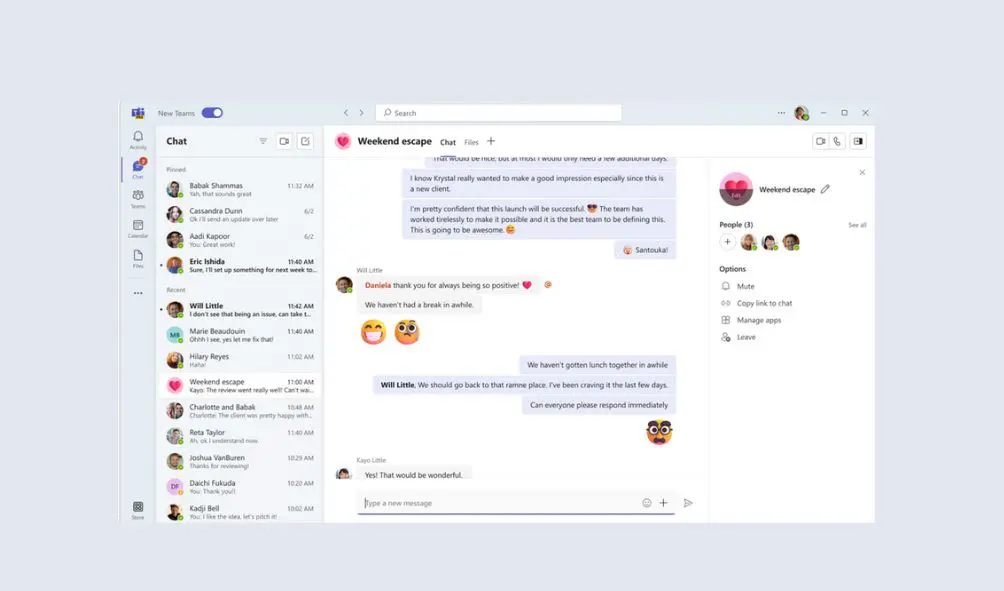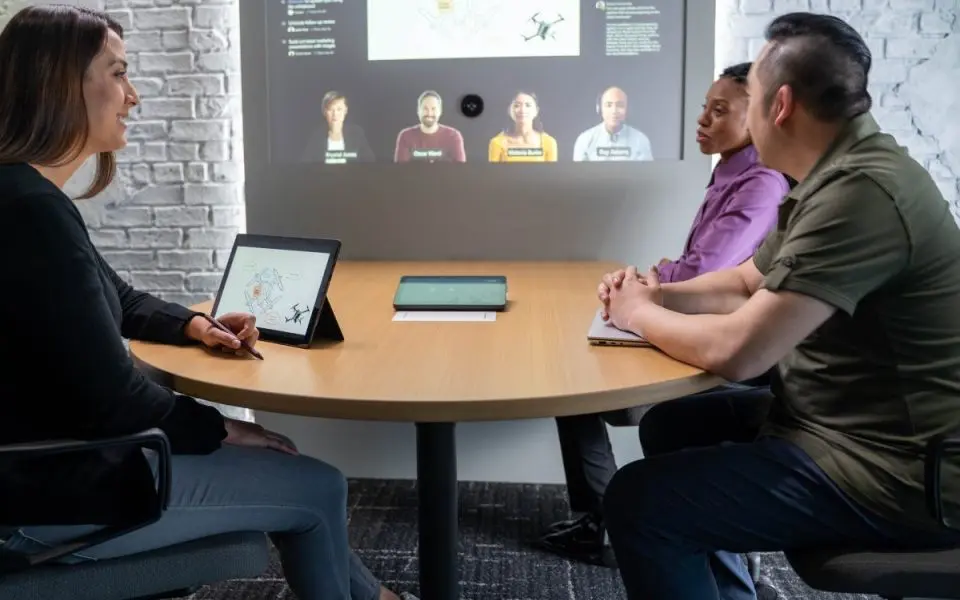Most people are familiar with Microsoft Teams and are using it for things like channels, meetings and internal calling. However, many people are unaware it can also be used as a platform to facilitate your external calling and replace your business phone system.
In this article we discuss the wide range of features and functionality that makes it an ideal candidate to handle all of your external calling.
Microsoft Teams Cloud Voice features
Easy calling
Allows users to dial by name or by number anywhere in the search bar and in the dial pad, speeding up the process of making outbound calls.
Any device
You can access Teams on physical desk phones, spider phones as well as via the app on your phone or tablet or via the desktop client on your computer.
Call transfers/forwarding
Lets users transfer calls to another person. Or, if the user needs to leave the office but wants to continue the conversation, they can transfer the calls from their PC or IP phone to their mobile phone.
Call routing
Easily build in rules around routing calls to other members of your team or into call queues. If your Teams presence is set to do not disturb or busy for example, you can have calls automatically routed to another member of your team.
Call queues
Lets you configure how call queues are managed for your organisation: for example, set up greetings and music on hold, search for the next available call agent to handle the call.
Shared lines
Lets users share their phone line so that another user can make and receive calls on their behalf.
Call recording (via third party)
Only available via third party integration solutions at the moment but fully available call recording capability can be incorporated into Teams calling.
Voicemail
When a user receives a voicemail, it is delivered to their Exchange mailbox as an email with the voicemail message as an attachment. Users can listen to their messages on their certified desktop phone, and on all Teams or Skype for Business applications. Support for voicemail transcription has been added as of March 2017 and is enabled by default for all organisations and users.
Group calls
Users can share incoming calls with colleagues so that the colleagues can answer calls that occur while the user is unavailable. Less disruptive to recipients than other forms of call sharing (such as call forwarding or simultaneous ringing) because users can configure how they want to be notified of an incoming shared call.
Call park
Lets users place a call on hold in the Teams service in the cloud. When a call is parked, the service generates a unique code for call retrieval. The user who parked the call or someone else can then use that code and a supported app or device to retrieve the call.
Direct routing
Use your existing phone provider, calling packages and numbers but accessed via Teams. This is all managed via a third party integration service known as a session border control.
Common area devices
A common area phone is typically placed in an area like a lobby, conference room or warehouse making it available to multiple people. Common area phones are set up as devices rather than users and can automatically sign into a network.
As you can see Teams offers a versatile and highly functional calling platform to support your business calling needs. If you would like to find out more then please discover our Teams services or contact us today.





